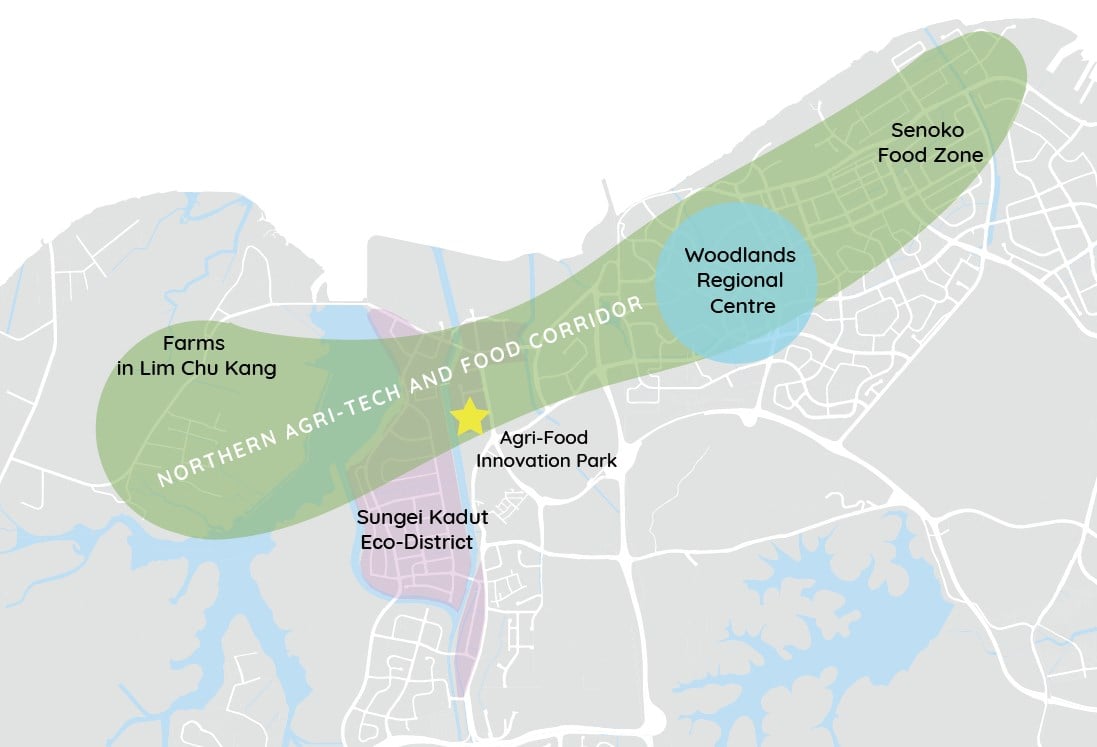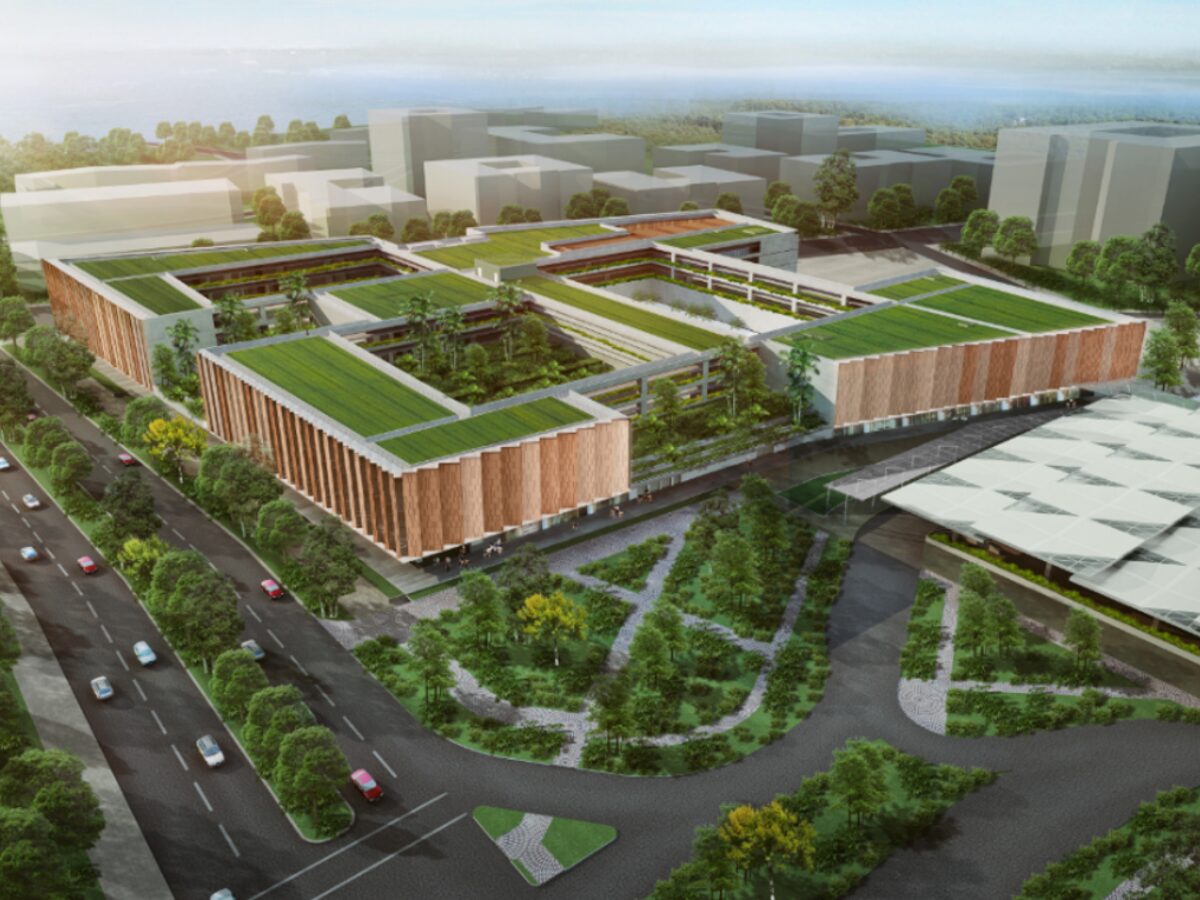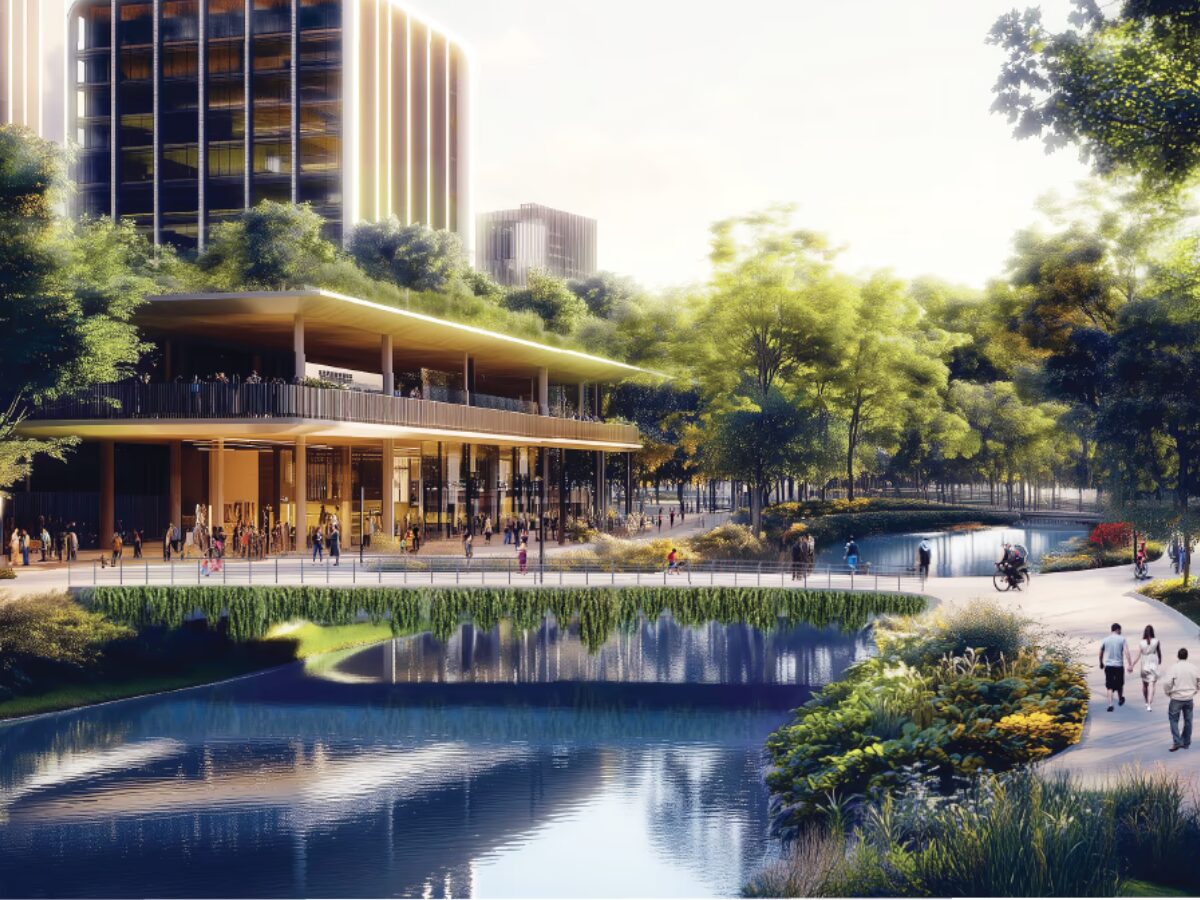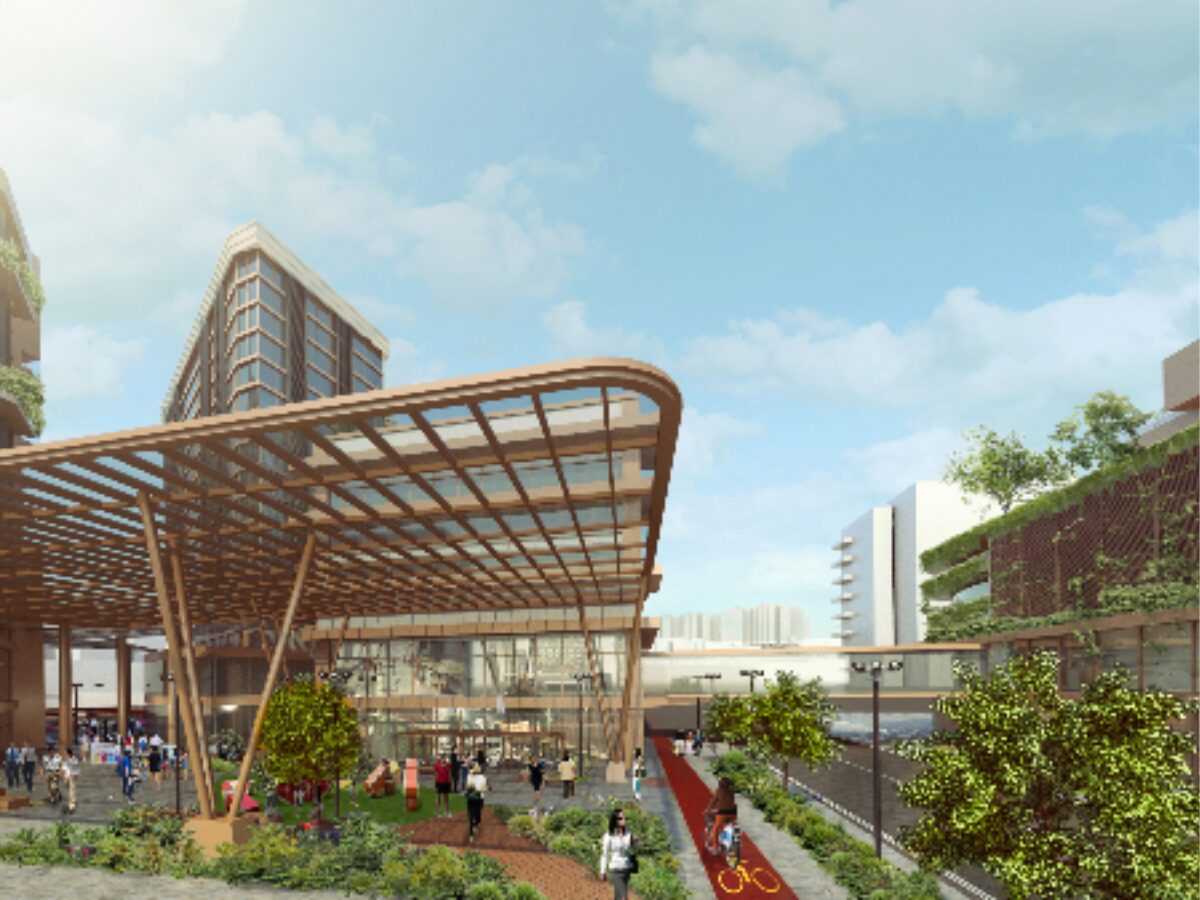Singapore’s northern region is undergoing a significant transformation, with Woodlands at the heart of this change. Once known mainly for its checkpoint and industrial facilities, Woodlands is now evolving into a vibrant business, residential, and lifestyle hub that will serve as a key gateway to Malaysia.
The upcoming enhancements in infrastructure, housing, and industry signal a long-term plan to position Woodlands as a thriving northern powerhouse. Let’s dive in deeper!
Table of Contents
- Woodlands Regional Centre
- Enhanced cross-border connectivity
- Strategic industrial development
- Residential expansion and housing opportunities
- Environmental considerations and land use optimisation
- Economic impact and future prospects
Woodlands Regional Centre

The Woodlands Regional Centre is a cornerstone of Singapore’s northern development strategy. Spanning 100 hectares and divided into two main precincts—Woodlands Central and Woodlands North Coast—it is strategically located near the Johor–Singapore Causeway. This makes it a prime hub for both businesses and residents, with future housing developments planned nearby.
Over the next 15 years, Woodlands Regional Centre will create new spaces for business, industry, research, development, and innovation. Designed as a vibrant hub set within lush greenery, the area will enjoy seamless connectivity to key destinations in both Singapore and Johor Bahru.
Woodlands is also set to become the strategic heart of the Northern Agri-Tech and Food Corridor, linking the future Agri-Food Innovation Park with farms, Republic Polytechnic, and the Senoko Food Zone, and bringing together a thriving ecosystem of education, technology, and food-related industries.
What sets the Woodlands Regional Centre apart is its flexible zoning system, a first in Singapore, allowing businesses to adapt their spaces to changing needs. This innovation will help companies integrate manufacturing, research and development, and administrative functions under one roof, boosting productivity and operational flexibility.
Enhanced cross-border connectivity

One of the most game-changing developments for Woodlands is the upcoming Johor Bahru–Singapore Rapid Transit System (RTS) Link, expected to be operational by December 2026. The RTS will directly connect Johor Bahru to the Woodlands North MRT station on the Thomson–East Coast Line, enabling commuters to switch seamlessly between the two countries’ transit systems.
Complementing this is a multi-modal transport hub scheduled for completion in the mid-2030s. This hub will integrate the RTS, MRT, and bus services within a seven-hectare mixed-use development, which is set to include office, retail, and potentially hospitality spaces. This focus on connectivity underlines Woodlands’ role as a central transport and economic node in northern Singapore.
Strategic industrial development

The northern region’s industrial landscape is also undergoing significant transformation to cater to emerging industries and cross-border trade.
The Sungei Kadut Eco-District is being developed to accommodate sectors such as agri-tech, environmental technology, and advanced manufacturing. Its emphasis on sustainability and innovation will create a blueprint for industrial estates of the future.
This upcoming Gali Batu industrial estate will feature an Integrated Construction and Prefabrication Hub (ICPH), with plans for underground aggregate storage facilities. It will play a critical role in Singapore’s built environment sector by improving productivity and supply chain resilience.
The Johor–Singapore Special Economic Zone, currently in development, aims to generate over 20,000 skilled jobs within five years. This initiative highlights Woodlands’ pivotal role in fostering closer economic collaboration between Singapore and Malaysia.
Residential expansion and housing opportunities

As Woodlands grows into a bustling regional centre, its housing offerings are set to expand significantly. Several major residential projects have been announced, creating new opportunities for families and investors.
Let’s break it down:
1. New Executive Condominium (EC) at Woodlands Drive 17
The first EC in Woodlands in nearly a decade is set to launch at Woodlands Drive 17, featuring around 420 units. The strong developer interest, with five competitive bids for the site, signals growing confidence in Woodlands as a residential hotspot. Located near key transport nodes, this EC will cater to families seeking a blend of affordability, connectivity, and future growth potential.
2. 4,000 new flats near Admiralty Park
The development of 4,000 new BTO flats near Admiralty Park will bring families closer to one of Singapore’s largest northern parks. With its playgrounds, mangrove boardwalks, and lush greenery, Admiralty Park offers residents a rare combination of city living and nature. The flats will also be located near schools, transport links, and healthcare facilities, making the area ideal for young families.
3. Waterfront housing and lifestyle hubs
Plans are in motion to create a new waterfront residential district in Woodlands, featuring scenic promenades, retail outlets, and recreational amenities. This development aims to transform the northern waterfront into a lively community hub, providing residents with easy access to lifestyle and leisure opportunities.
4. Sembawang shipyard redevelopment
The historic Sembawang Shipyard is set for redevelopment into a mixed-use district. The project envisions modern waterfront homes, shopping facilities, dining areas, and attractions, drawing inspiration from the successful redevelopment of Punggol. This long-term plan reinforces the northern region’s role as a desirable lifestyle destination.
Searching for an HDB home in Woodlands? Here’s our picks
Environmental considerations and land use optimisation
Approximately 10.4 hectares of forest in Woodlands will be cleared from 2026 to make way for industrial and mixed-use developments. While this may raise concerns, it is part of a larger effort to optimise Singapore’s land use for industrial growth and housing needs.
The government’s focus on sustainable urban planning ensures that green spaces and eco-friendly initiatives, such as the planned 112.5 MWac floating solar farm at Kranji Reservoir, remain integral to the development plan.
Economic impact and future prospects

The transformation of Woodlands mirrors the success of other regional centres like Punggol, proving Singapore’s commitment to long-term urban growth. With better connectivity, extensive housing developments, and a strong industrial base, Woodlands is on track to become a major northern gateway and a model of integrated urban planning.
Over 65% of the Woodlands North Coast industrial estate has already been taken up by companies in sectors such as semiconductors and biomedical technology. The area’s strategic location near the RTS Link and Malaysia makes it a highly attractive hub for businesses with cross-border operations.
With over a quarter-million residents already calling Woodlands home, and projections of continued growth, the industrial zone’s proximity to workforce clusters strengthens its appeal as both a residential and employment hub. Firms benefit from local talent pools, while residents benefit from jobs close to home, reflecting a sustainable self-sufficient urban ecosystem in line with the URA Masterplan for Singapore.
The post Transforming Woodlands: Singapore’s northern gateway is all set for major development appeared first on .





















